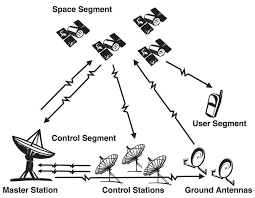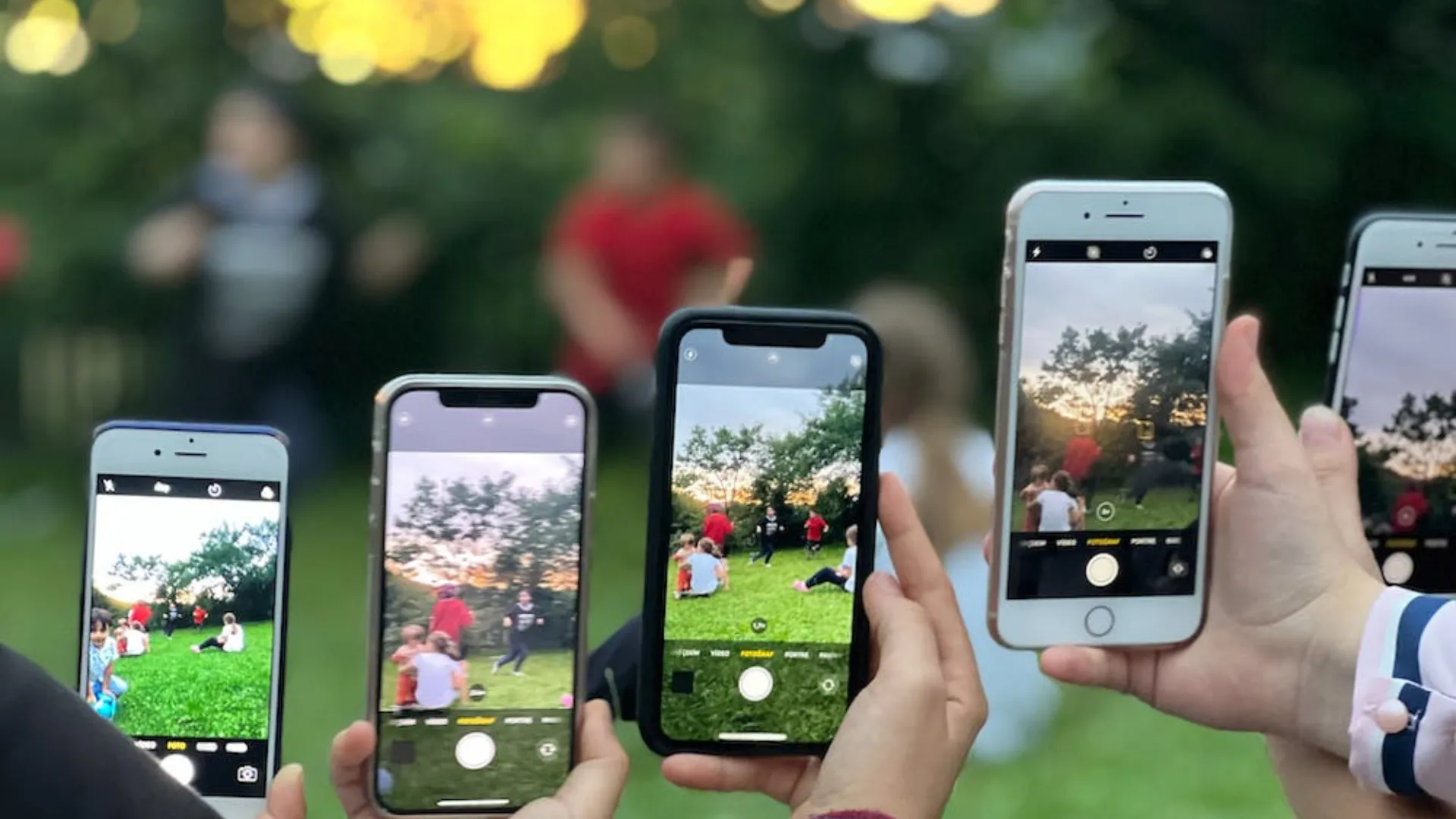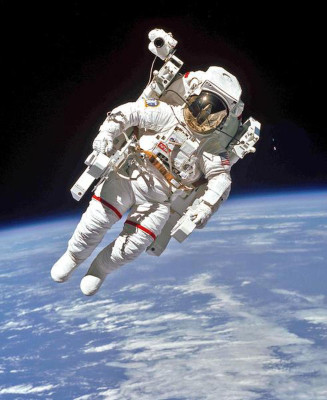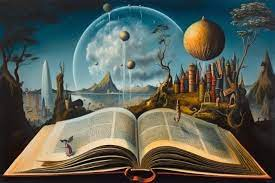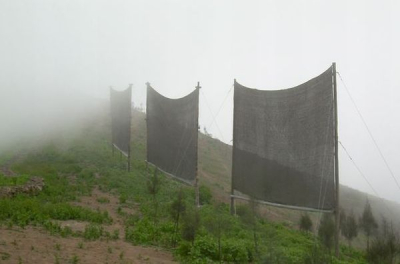What's a frilled lizard?
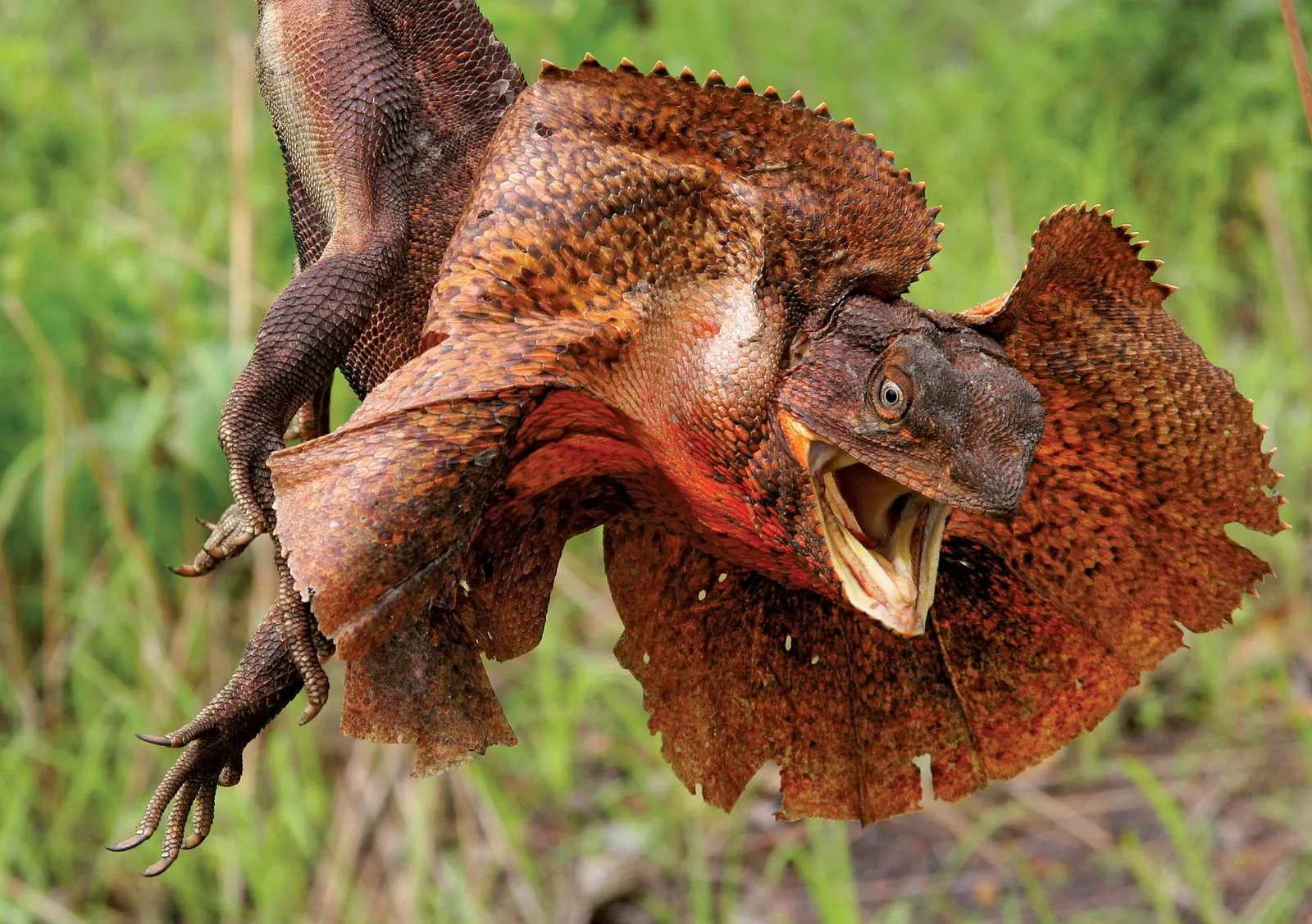
A type of reptile found in Australia and New Guinea, the frilled lizards or "frillnecks," are members of the dragon family
Remember Dilophosaurus? That dinosaur in the first Jurassic Park movie which would unfurl its extendible neck frill and spit venom when intimidated?
Well, in reality, there is no evidence that the dinosaur had the neck frill. But meet Australian frilled lizard, the closest you will ever get to watching something as bizarre as the Dilophosaurus' defence strategy.
Any time the frilled lizard feels threatened, it puts on the greatest show in the wild. It is also perhaps the most dramatic sight you will ever witness in the animal kingdom.
When the lizard feels intimidated, the first response is to scare the other creature away. So it will stand on its hind legs, open its mouth wide, and hiss. But this is not all. A bright-red neck frill, a pleated skin flap around its head, would unfurl as it strikes the intimidating pose, giving the creature a very grotesque appearance. This is a potential gimmick to scare off the opponent. (When unopened, the scaly neck frill lies as a cape over the shoulders of the lizard.)
If this stunt fails, and the attacker doesn't flinch, the lizard has another trick up its sleeve. It will quickly turn, and bolt, running on its hind legs, its yellow mouth wide open, legs flailing, and will not stop until it ambles up a tree for safety.
The frilled lizards or "frillnecks," are members of the dragon family. It is a type of reptile found in Australia and New Guinea. its size and color may vary from region to region. This creature spends a large part of its life on the trees. It is seen to descend to feed on lizards, small mammals, and ants.
These lizards can be classified into three different genetic groups. The main predators include birds of prey, larger lizards, snakes, and so on. The lizard lives in the tropical and warm temperate forests and savanna woodlands of northern Australia.
The eggs are laid in underground nests and hatchlings are independent, able to hunt as they emerge and adept at using the neck frill. The color of the frill of the lizard varies and is a result of carotenoids, which it acquires from the insect diet.
Picture: Credit Google

